Hemp, also known as Industrial Hemp, is a variant of the Cannabis Sativa plant. It originated in Central Asia and its cultivation for fibre dates back to 2800 BC. It spread across Europe during the Middle Ages, was planted in Chile in the 16th Century and North America in the 17th Century. Hemp is often mistaken for the Cannabis plants containing the psychoactive substance tetrahydrocannabinol (THC), that yield or are used for the preparation of drugs like Marijuana and Hashish. In reality, hemp is the non-intoxicating species of Cannabis, harvested for the industrial utilization of its derived products.
Hemp How it can change the Indian Economy
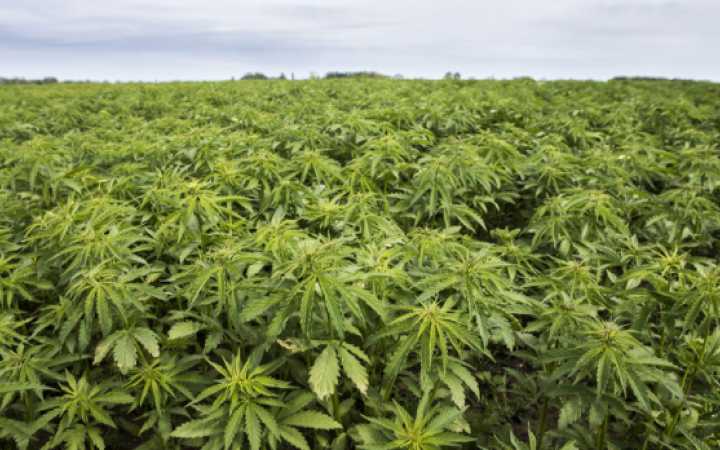
Industrial hemp has a THC level of particularly 0.2% to 0.3% and as per the NDPS (Narcotic Drugs and Psychotropic Substances) Act, 1985 cannabis with a THC content lower than 0.3% is legally approved for commercial cultivation. Globally many countries are putting in their efforts to capitalize on the hemp industry and extract the most from it. China is the global leader of industrial hemp, accounting to 32% of the global production. In recent times, the US has reformed its policies around hemp cultivation, legalizing the practice in 46 states. Canada is the world leader in hemp seed production. The industrial utilization of hemp is so vast that it can be used in producing nearly 25, 000 products. This lucrative nature of hemp is a powerful motivation for developed countries to focus on hemp cultivation, and this global movement is encouraging developing countries to pay attention to and venture into this sector.
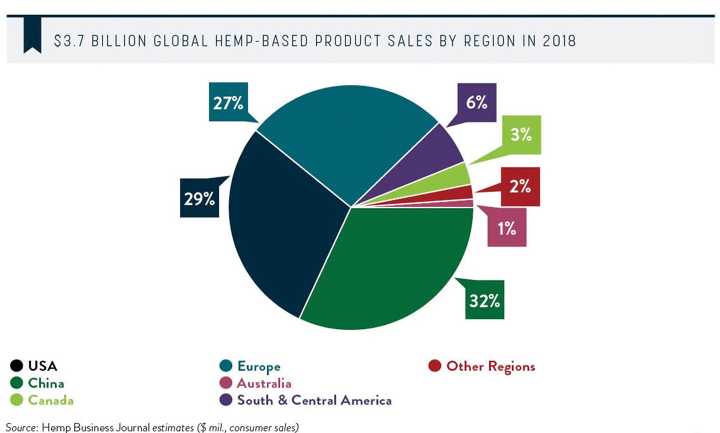
India has all the potential to emerge as the leading manufacturer of hemp among the developing countries and the key factor is the geographical suitability to support this. Industrial hemp grows well in nitrogen-rich loamy soils. This is found in abundance in the central plains of India near the banks of river Ganges. Hemp requires ample moisture during the germination phase and the average rainfall of about 300-650 mm in India is adequate for this. Another advantage is the amount of sunshine that India receives as a tropical country. Surprisingly, hemp grows very well in the hill slopes as well. The plant requires very minimal effort and can flourish organically, without the use of pesticides and herbicides. These feasibility factors make India a very strong cultivation ground for Hemp.
Hemp – Textile Industry
The stem of the hemp plant is the source of very tough fibre, one with anti-microbial, anti-fungal and anti-inflammatory properties, causing it to quickly gain popularity in the fashion and textile industry because of its eco-friendly and sustainable status. The outer layer is processed and can be used to manufacture yarn and a wide range of cordage, which are very strong and durable. The strength of the hemp ropes is so immense that they were used to rig ships and boats. Hemp fibre is also used to manufacture a special type of canvas resistant to heat, ultraviolet light and also pest repellent, making it very useful in one of the largest industries, the defense industry. When we compare hemp with cotton, we learn that cotton is 2 to 3 times more productive, stronger, has better absorbing and insulating characteristic and cost much much lesser to cultivate than cotton. India is a global producer and exporter of cotton, and with the current shift towards hemp textile and industries at a global scale, India, has all the potential to emerge as a global leader in this industry with a potential worth of trillion of dollars.

Hemp – A Power Source
With issues like climate change and resource depletion being a major threat to the environment and humanity, globally, the need of the hour is alternative and sustainable sources of energy. With most of the conventional sources of energy being non-renewable and extracted from the earth, we run the risk of depleting them and disturbing the ecological balance. One of the highest consumers of fossil fuel is the automotive sector. These fuels are produced from non-renewable sources and take a massive toll on the environment.
A greener option is a must and electric vehicles are the way ahead, but what makes the difference is the source that powers it – batteries.
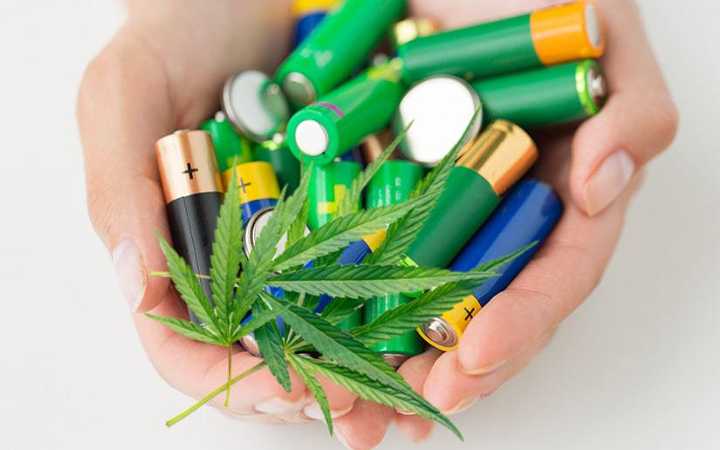
Present-day options are lithium polymer batteries, used in almost about everything that is run on batteries. But once again, the primary component Lithium is mined and is a non-renewable source. Graphene, a monolayer of carbon atoms tightly arranged in a hexagonal honeycomb structure is another source. Despite its exceptional strength and conductivity, it is exceptionally costly in large quantities.
The solution to this is a source of energy that can function at par with the existing options while being environmentally friendly and affordable. The solution is hemp batteries! Hemp is easier to cultivate in abundance and very affordable, they have no negative impact on the environment if cultivated with the right practices and hemp batteries can match up to present power sources on many fronts, as well as supersede in some.
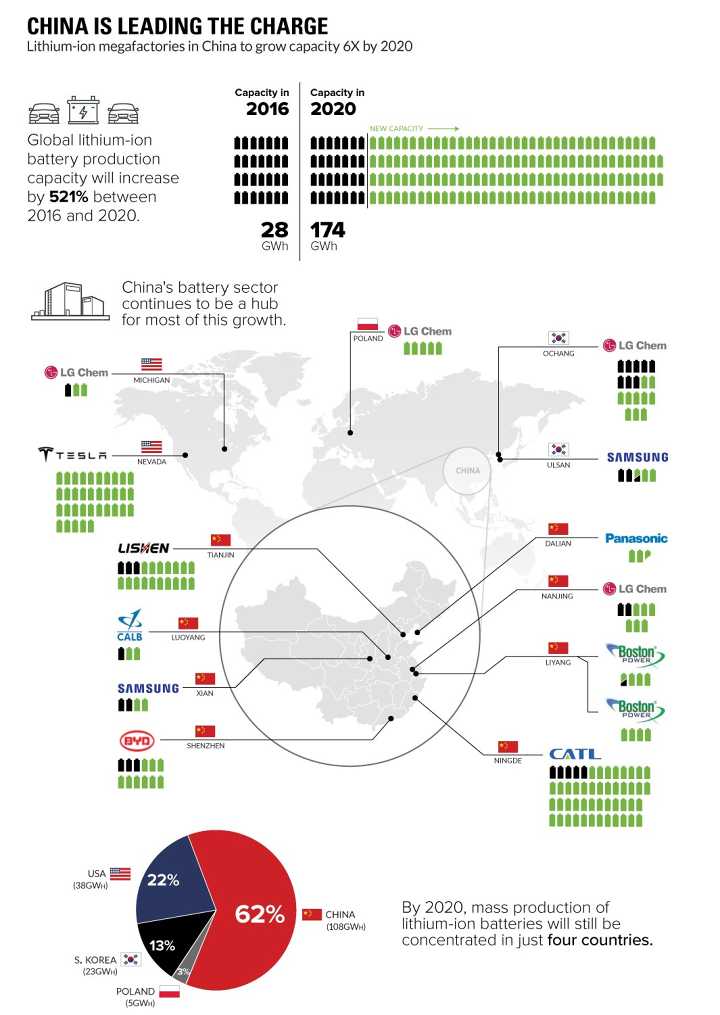
Hemp has great potential to contribute to the electronic and power sector. The inner bark of the plant, also known as the bast fibre is usually discarded. However, this discarded material can be cooked by the process of hydrothermal synthesis into carbon nanosheets to create supercapacitors – a revolutionary energy storage device. These supercapacitors can be used to power machines that need a quick and powerful burst of energy, like electric cars. Many studies have established that these supercapacitors are more powerful than graphene, equally capable to store charge, and just at a fraction of the cost.
Developed nations of the world are still trying to figure out a cost-effective and green power source to run e-vehicles and hemp batteries are a potential option to that with further development. India can tap this opportunity by filling in the void and contributing to the power-needs of this segment as well as expand and strengthen its e-vehicle sector and reduce its dependency on mass manufacturing nations like China.
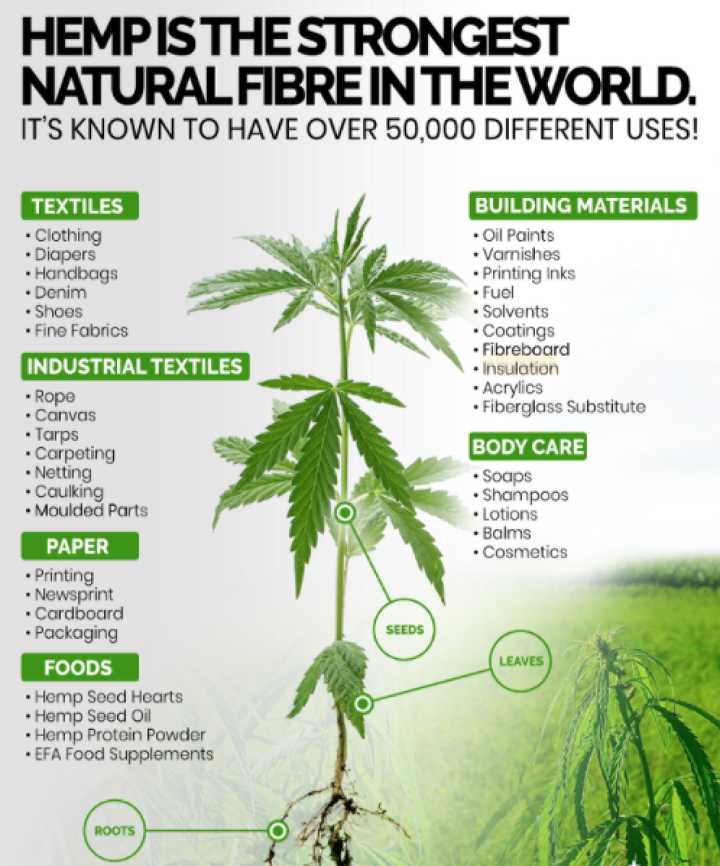
Hemp – The Future:
Apart from the applications of hemp discussed above, it has the potential to come into application in many areas and solve key issues, which help makes a sustainable future. Some of them are
Hempcrete: It is an energy-efficient, fire-resistant construction material that requires minimal maintenance and can last for hundreds of years. It is a carbon-negative material and this can help to reduce the carbon footprint in the environment, as carbon is locked away inside the material. It also has the potential to be cheaper than conventional construction material, if the cultivation of hemp is regulated efficiently.
Hemp Bio-Fuel: Hemp seeds can be utilized to create biofuel, which is believed to be a carbon-neutral fuel and the only alternative fuel that can run in any conventional, unmodified diesel engine. It can be easily transported and is safe to handle, with a high flashpoint.
Hemp – The prospects in India
Hemp had been an important part of the societies in India for a long time. In the present times, policies are being re-framed by the government and positive steps are being taken to encourage its cultivation and foster new industries. For example, The Uttarakhand state government issued the first-ever industrial hemp cultivation permit in India, allowing the manufacturing of textiles, paper, medicines, building materials from hemp. Notably, it is estimated that annual revenues from Hemp textiles in Uttarakhand will equal 240 crore rupees while a farmer who grows hemp will earn approximately 1 lakh rupees annually from the sale of hemp. Hemp has exceptional economical benefits when applied to the manufacturing of products. For instance, hemp grown on 1 acre of land can produce as much paper as can be produced from 4 acres of trees. Also, hemp-made paper can be recycled up to 8 times, whereas the conventional paper can only be recycled up to 3 times. This is a great boost to both the environment and the economy.
These benefits work greatly in the favour of the farmers, as growing hemp requires very little resources and also the fertility of the land isn’ t a major factor, as it can grow under situations that other cash crops might not flourish in. The economic potential of hemp is vast and countries like Canada and China where cultivation of hemp is robust are good examples of the economic boost this cash crop can provide. There is no doubt that a country like India will flourish if hemp cultivation and hemp industries are encouraged, generating immense employment opportunities and economic growth.
The government, media and correct awareness would help distinguish Hemp from Marijuana and other narcotics, and break the stigma that surrounds it. India has the potential and favourable conditions to evolve as a global leader and capitalize on the trillion-dollar industry.